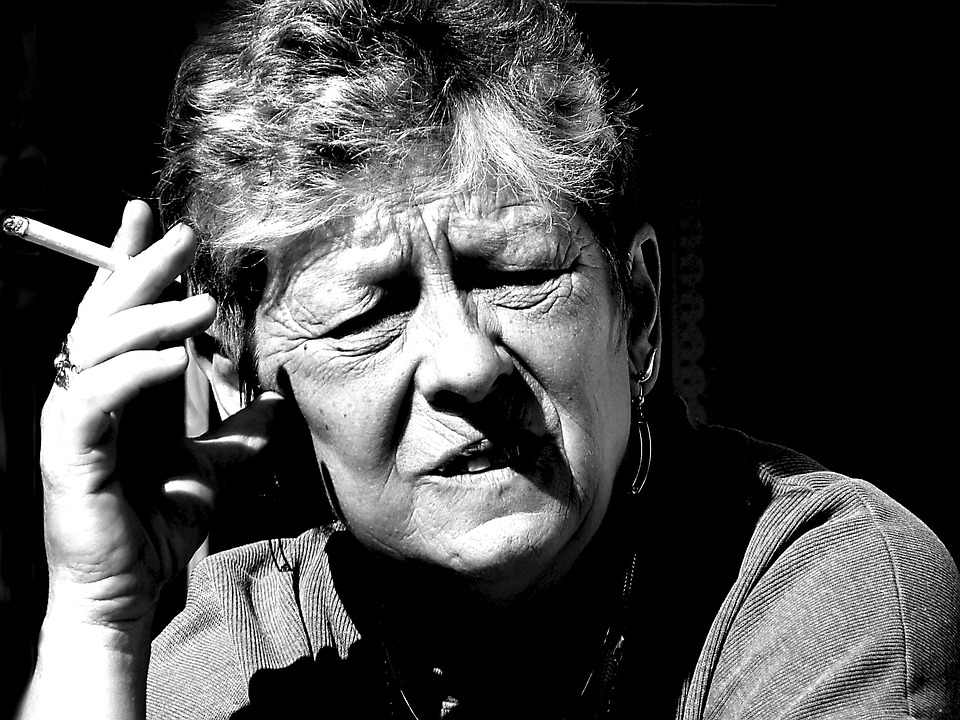Exact causes of clubfoot are yet to be known. It is an unknown birth defect present at birth. Some believe this involves many diverse factors (multifactorial trait). Most clubfeet are resultant to abnormal muscle development, bones, and tendons. This is while the fetus is being formed in the uterus in the first three months of pregnancy (mostly on the eighth to twelfth week). Environmental and genetic conditions influence this abnormality.
Clubfoot (talipes equinovarus) occurs twice as much in males (than females). 50% of the time, clubfoot can be bilateral, happening on both feet. If both of the parents of an affected child are normal, it is only 2-5% likely that their next child will have clubfoot as well. clubfoot accompanies other risks such as spina bifida, tethered cord, cerebral palsy, and arthrogryposis; all of which are neurogenic conditions. Connective tissue disorders and mechanical conditions are also accompanied risks. With severe clubfoot, early corrective surgeries are recommended.
Clubfoot (talipes equinovarus) can be diagnosed early so it’s important to have your newborn undergo initial physical testing and examination. Most often, its diagnosis can be done prenatally, during the 16th week of pregnancy, by ultrasound. If your child is diagnosed positively for clubfoot, immediately get an appointment from a pediatric othopaedic center to get more information about the deformity and available treatments for your child.
If ignored, clubfoot (talipes equinovarus) will never go away and worse, may become aggravated over time. The bones will change as the young child develops and matures. If uncorrected, clubfoot can be very disabling to an older child and or adult. This abnormality will cause affected persons to walk on the outside part of the foot. This is very difficult especially for weight balance.
Clubfoot treatment can be different, but usually starts immediately when diagnosed. It is best to correct clubfoot promptly, most especially soon after birth. Treatments are given according to the age of your child, his or her medical and health condition, and family medical history. With severe clubfoot, the patient’s tolerance and family preferences will be the main deciding factor on what treatment to take, especially where surgery is the most probable option. The goal of every treatment is to correct the clubfoot as soon as possible and as much as possible during the early stage. Hopefully, with success, the child may be able to grow normally and conduct himself normally.
Aside from corrective surgery, another treatment may be plaster casting and serial manipulation (a method developed by Dr Ignacio Ponseti in the 1940’s). Here, foot tendons and ligaments are slowly stretched on a regular basis (preferably weekly). Plaster cast is placed to keep the improved foot in place and to soften its ligaments. This is an effective treatment for clubfoot (talipes equinovarus).



:max_bytes(150000):strip_icc()/GettyImages-173808071-589cdc493df78c47585c6343.jpg)


More Stories
Holistic Healing Integrative Approaches to Pelvic Health and Happiness
The Importance of Self Care Menopause
What to Expect from a Private Gynecologist